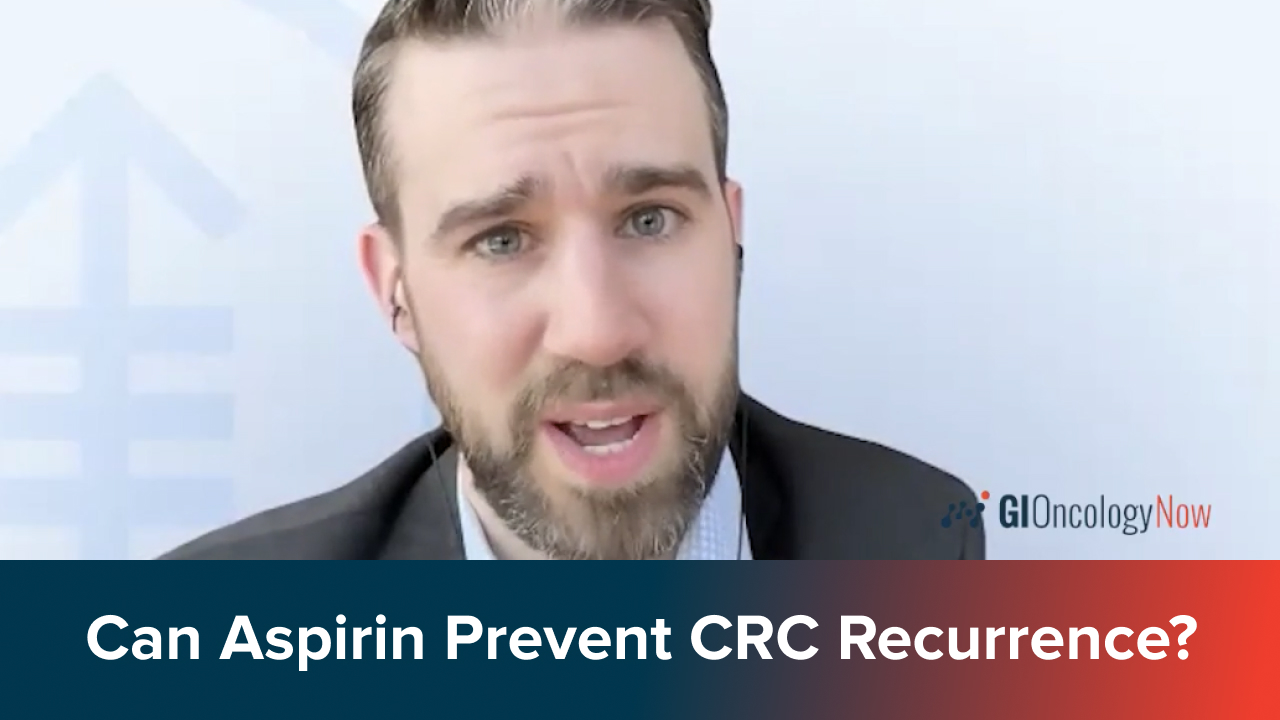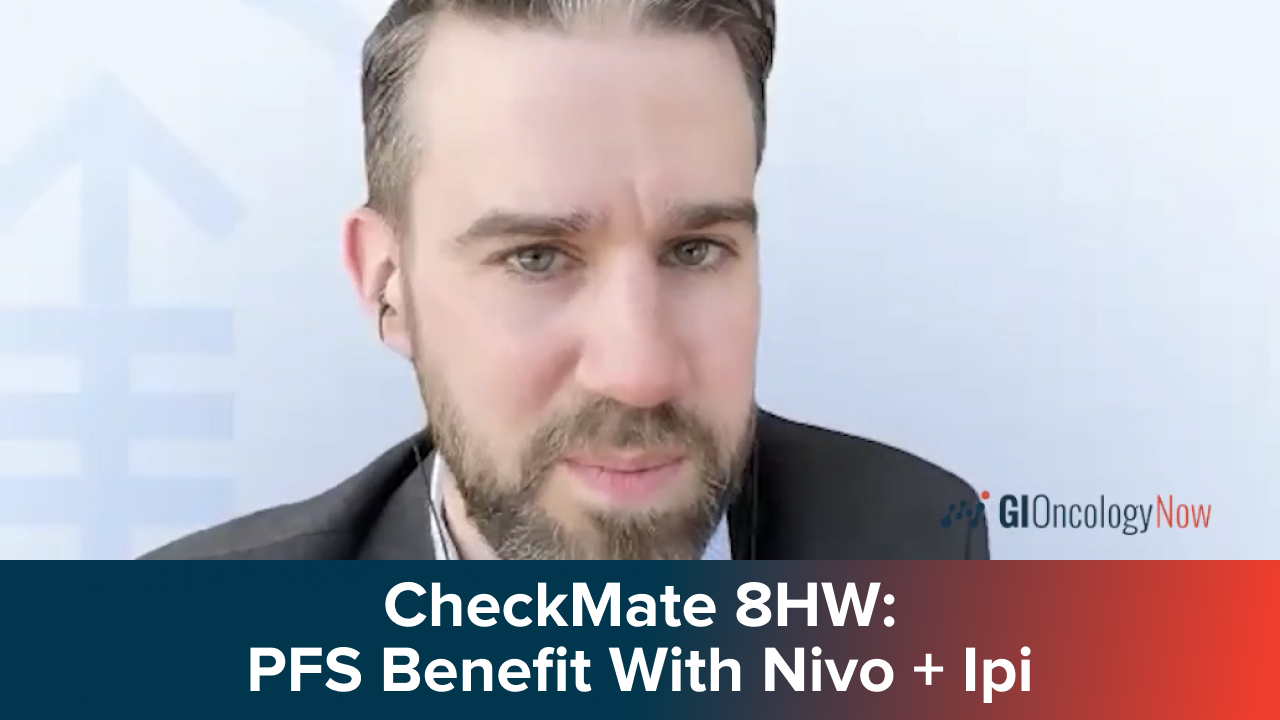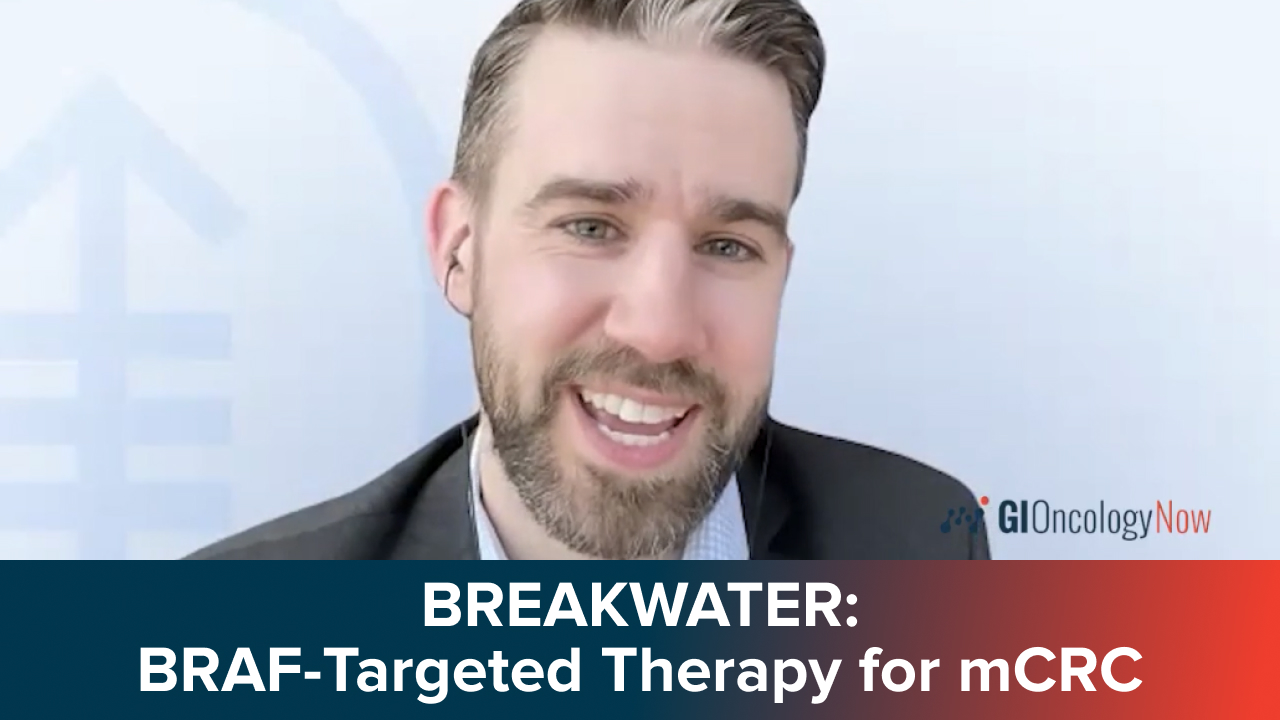Dr. Cathy Eng Discusses the FRESCO-2 Study and Its Impact on Metastatic Colorectal Cancer Treatment
By Cathy Eng, MD, FACP, FASCO, Rob Dillard - Last Updated: September 13, 2023The phase 3 FRESCO-2 study found that treatment with fruquintinib, a selective and potent oral inhibitor of vascular endothelial growth factor receptors, yielded a significant and clinically meaningful benefit in overall survival compared with placebo in patients with refractory metastatic colorectal cancer.
In this interview, GI Oncology Now spoke with Cathy Eng, MD, FACP, FASCO, one of the study’s lead investigators, about the findings and how fruquintinib fits in with the current armamentarium of advanced colorectal cancer treatments.
GI Oncology Now: What are the challenges of treating metastatic colorectal cancer (CRC)?
Dr. Cathy Eng: I think number one, one of the main challenges is obviously for our patients with surgically unresectable disease, we have to continue to find new treatment options for our patient population so we can assist them as best as possible with good quality of life, but still improve their overall survival. I think in the United States we states do not do a good job in regards to enrollment to clinical trials relative to other countries.
What are the persistent unmet needs for metastatic CRC treatment?
I think right now we definitely still need some new interesting agents in development. We have a fair number of drugs, but right now we are limited because some of the newer drugs that have been approved are solely based upon a particular molecular marker. So for instance, encorafenib for BRAF mutant V600E tumor types, we have tucatinib for our HER2 3+ or 2+ FISH positive patients, which is 4% of the patient population. You have immune checkpoint inhibitors, which are a smaller number, even smaller in the metastatic setting, they represent less than 5% of our patient population. NTRK is less than 1% of our patient population. So we’re narrowing down the pool further, but yet we still have patients that don’t have any of those particular molecular alterations and so they need a more generalized approach.
Can you talk about fruquintinib and any outcomes of real-world use in China?
Fruquitinib is an oral agent. It’s very selective for VEGF receptors one, two, and three. You are correct. It was already approved in China to be utilized. However, that was only conducted in China, and in China as well as other countries their practice pattern in regards to the use of continuation of bevacizumab from frontline through second line therapy in combination with chemotherapy is not required. It’s not required here, but it’s heavily supported. And so our practice patterns are a bit different. And so the purpose of FRESCO-2 was to basically try to evaluate this new drug outside of China in a patient population that’s had more exposure to anti VEGF therapy in the frontline and the second line setting. And that’s what this is, it’s a very selective oral agent specific to VEGF receptors one, two, and three. And to just contrast that, bevacizumab is what most people think of in regards to colorectal cancer and that’s specifically binds VEGF-A. So it’s the same pathway, but a different receptor that it’s finding.
Can you discuss the study design and findings of the FRESCO-2 study?
So FRESCO-2 was a large international trial that we conducted largely in Europe and the United States as well as with some of our colleagues in Japan. And basically it was a two to one randomization in patients who had received prior therapy. It allowed patients to have standard chemotherapy, that was a requirement, but also the consideration of the fact that patients were allowed to receive prior TAS-102 and/or prior regorafenib, and the primary endpoint was overall survival. It was a two to one randomization and basically we were able to fulfill the primary endpoint. I should mention, it was a two to one randomization in comparison to placebo. And that was the recommendation at that time because there is really no standard of care in the refractory setting and obviously clearly it was an unmet need. This trial enrolled very quickly despite during the COVID (pandemic). And so we were able to establish improvement in overall survival as well as our secondary endpoint in improvement in progression and survival. And currently it’s sitting at the FDA pending review for approval.
If/when approved in the US, how will fruquintinib fit into the CRC treatment armamentarium?
Yeah, very valid point. I know some people want to contrast it to SUNLIGHT. SUNLIGHT was a different phase three study that was specifically in the third line setting. And SUNLIGHT is basically a TAS-102 plus bevacizumab that was investigated for improvement in overall survival. SUNLIGHT was a successful study, it was a positive study in the third line setting, but about a quarter of patients had never received prior bevacizumab because it was largely conducted overseas. It would not have rolled very quickly here in the United States because we were already utilizing TAS-102 plus bevacizumab. Here now, our trial, some people will criticize it. And once again, I want to mention it is conducted with my colleague, Arvind Dasari, who serves as the first author for this clinical trial. I’m the, I hate to say it, senior PI, he is the investigational PI, because that’s my job at this point in my career is to continue to mentor others and it’s been my pleasure to work with him for several years now.
I’m going back to what you asked. Some people will criticize us because we said it’s a very heavily pretreated patient population. Yes, our median lines of prior therapy was four prior lines of therapy. The majority of patients, over 50%, had received prior Lonsurf, and over 40% had received both Lonsurf and regorafenib at some point. But I think it demonstrates that overall this was a positive study in regards to overall survival. It is a single agent. It does not need to be combined with another agent, which I think is helpful for patients in this setting where they’re trying to look at all their alternatives, and obviously quality of life is extremely important. And keep in mind, once again, the hazard ratio was 0.66 for overall survival and so that is very favorable, meaning that there’s a 34% improved likelihood of overall survival if the patients had received fruquitinib as a potential treatment option versus placebo.
So, in all the subgroups overall there was a benefit for fruquitinib versus placebo. And I’m hoping that moving forward we will see more development of this drug just because it does have additional capabilities other than, I would hope, other than a single agent. It was tolerated very well. Class effect for this class of drugs is basically hypertension, and that was seen in patients. Once again, that’s treated with medications, same as you would for bevacizumab. And then some other side effects, some patients did report some hand/foot syndrome, very similar to what’s seen with capecitabine.
Are there any key takeaways you would like to leave our audience with today as it pertains to fruquintinib and FRESCO-2?
I think the number one thing is, please keep this in mind, we hope it’s going to be approved by the FDA later on this fall/winter. We’re very hopeful. And once again it’s another option for our patients, we want to continue to provide options for our patients. I think it’s important to demonstrate… I know it’s hard for patients to participate in clinical trials, but these clinical trials do make a difference and I just think that we need to continue to encourage people to participate in clinical trials moving forward. I should mention there was a negative clinical trial that was reported at GI ESMO, which is called the LEAP study of lenvatinib and pembrolizumab, and obviously that’s disappointing. And hopefully by the time the publication comes out we’ll learn more information why this did not work in this setting for their patient population.
And there other ongoing studies at this time regarding, obviously, other investigational agents as well. So we want patients to feel that there’s still hope. We’re not stopping, we’re continuing to conduct other investigational agents, pursue other investigational agents because we realize that this is completely an unmet need for the majority of our patients.







 © 2025 Mashup Media, LLC, a Formedics Property. All Rights Reserved.
© 2025 Mashup Media, LLC, a Formedics Property. All Rights Reserved.